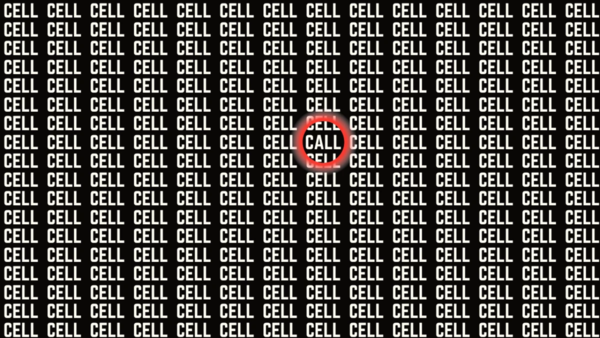Optical illusions
are a great way of polishing your
cognitive skills
. They are fun to play, and need practice to solve them easily. Where do you find them? The internet is flooded with several optical illusions of varied difficulty levels. Each difficulty level challenges the perceptive and cognitive ability of the human mind.
Solving optical illusions daily gives numerous cognitive benefits. Interaction with such
visual puzzles
improves
critical thinking
and the observation skill, which sharpens the brain to detect patterns and differences. This can be creative as it stimulates out-of-the-box thinking and mental flexibility.
Regularly solving optical illusions may also improve visual-spatial awareness, which is useful for navigation and design tasks. It also serves as a means of stress relief and renews one’s mood. After all, the enchanted colors in those mysterious pictures drive one to forget their daily worries. The day-to-day exercise with optical illusions encourages mental sharpness and develops general cognitive abilities as a whole.
How difficult is this optical illusion?
In this optical illusion, you have to find the odd word CALL. The image has CELL in rows and columns and due to the similarity in the letters of both the words you can’t find the odd word easily.
Here’s how to solve optical illusions perfectly
Solving optical illusions with hidden odd words involves using careful observation techniques and a systematic approach to focus on minute differences. Here’s a step-by-step guide:
Slow scanning: Scan the entire picture, slowly and step-by-step. Scanning it this way gives the brain enough time to compensate, allowing it to pick out what would otherwise seem like nonsense for the word being covered.
Pattern seeking: Many words that hide in optical illusions rely on a pattern different from the odd word. Consider the overall pattern. Then focus your attention toward looking for something other than what the pattern seems to be talking about.
Focus on word shape: Most odd words feature small but noticeable differences from other letters in the word. Look for differences in letter shapes, heights, or curves. Any difference in the font weight or spacing may subtly expose the hidden word.
Peripheral vision: Try shifting focus away from the text and letting peripheral vision detect differences. Peripheral vision is commonly very sensitive to slight irregularities.
Use breaks: If the word is still hidden, take a quick break and give your eyes a rest. Returning to it, after a break, often makes it easier to spot the difference.
(Image: Rojgarlive)
I’m Manas Ranjan Sahoo: Founder of “Webtirety Software”. I’m a Full-time Software Professional and an aspiring entrepreneur, dedicated to growing this platform as large as possible. I love to Write Blogs on Software, Mobile applications, Web Technology, eCommerce, SEO, and about My experience with Life.




